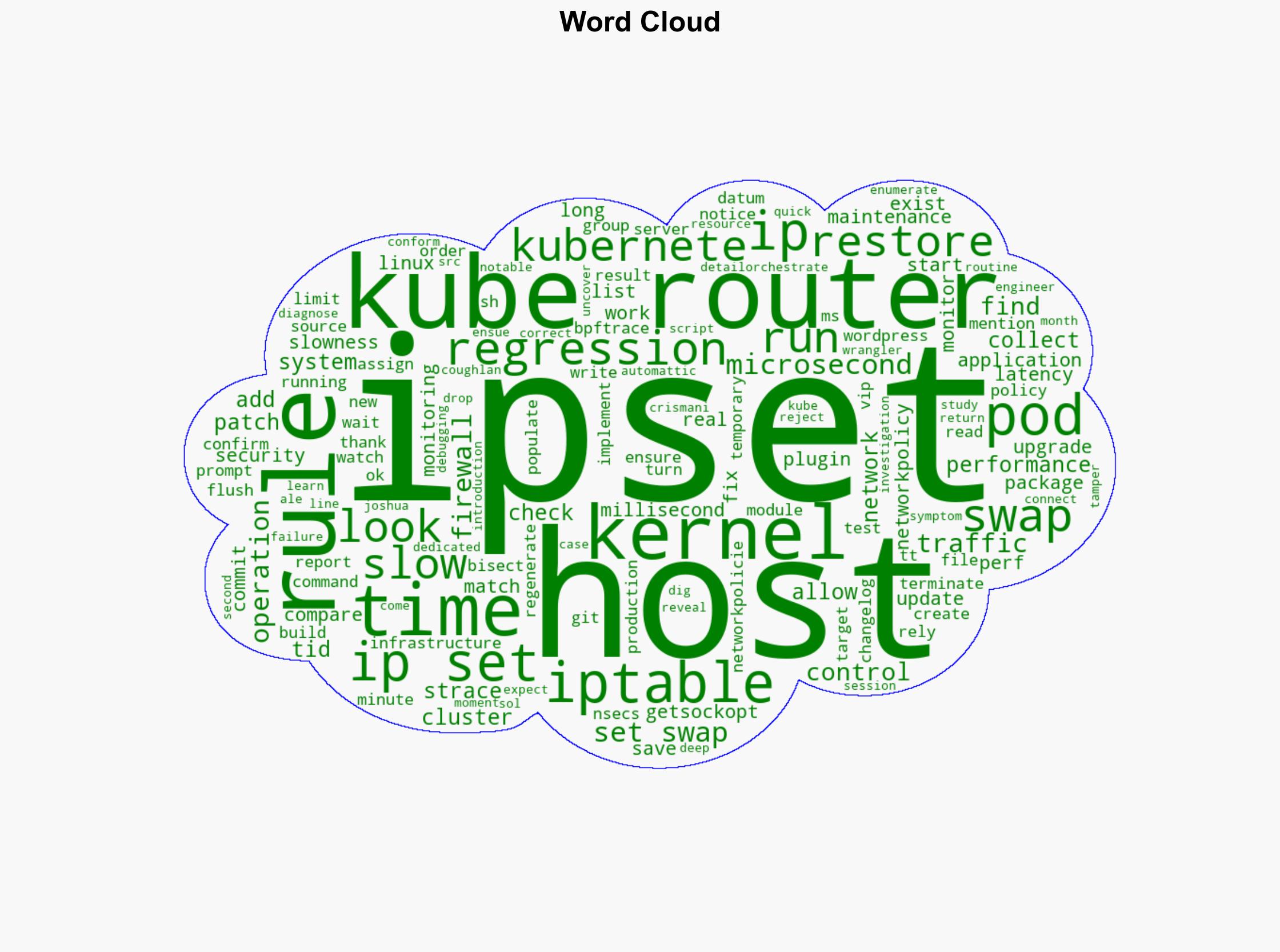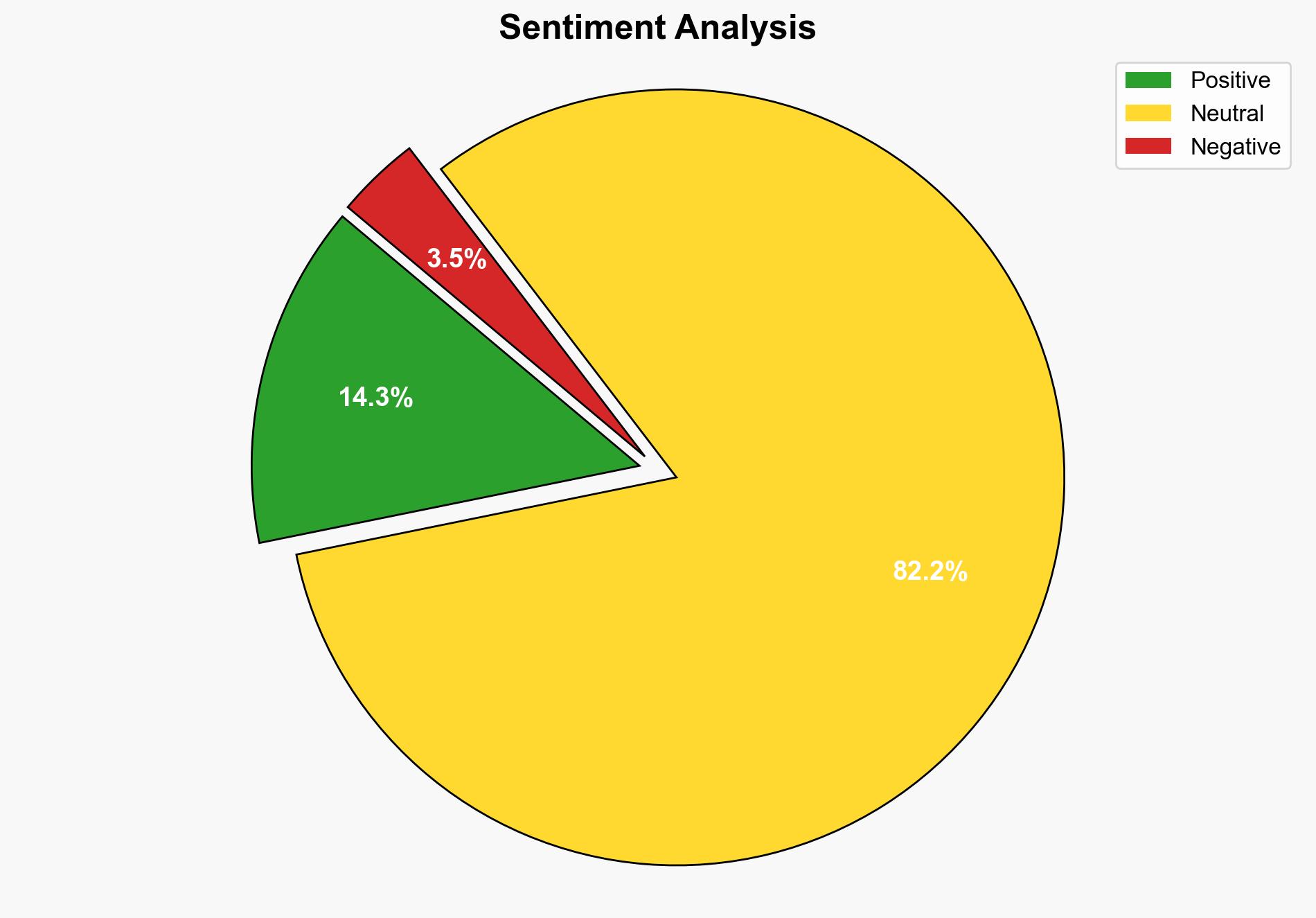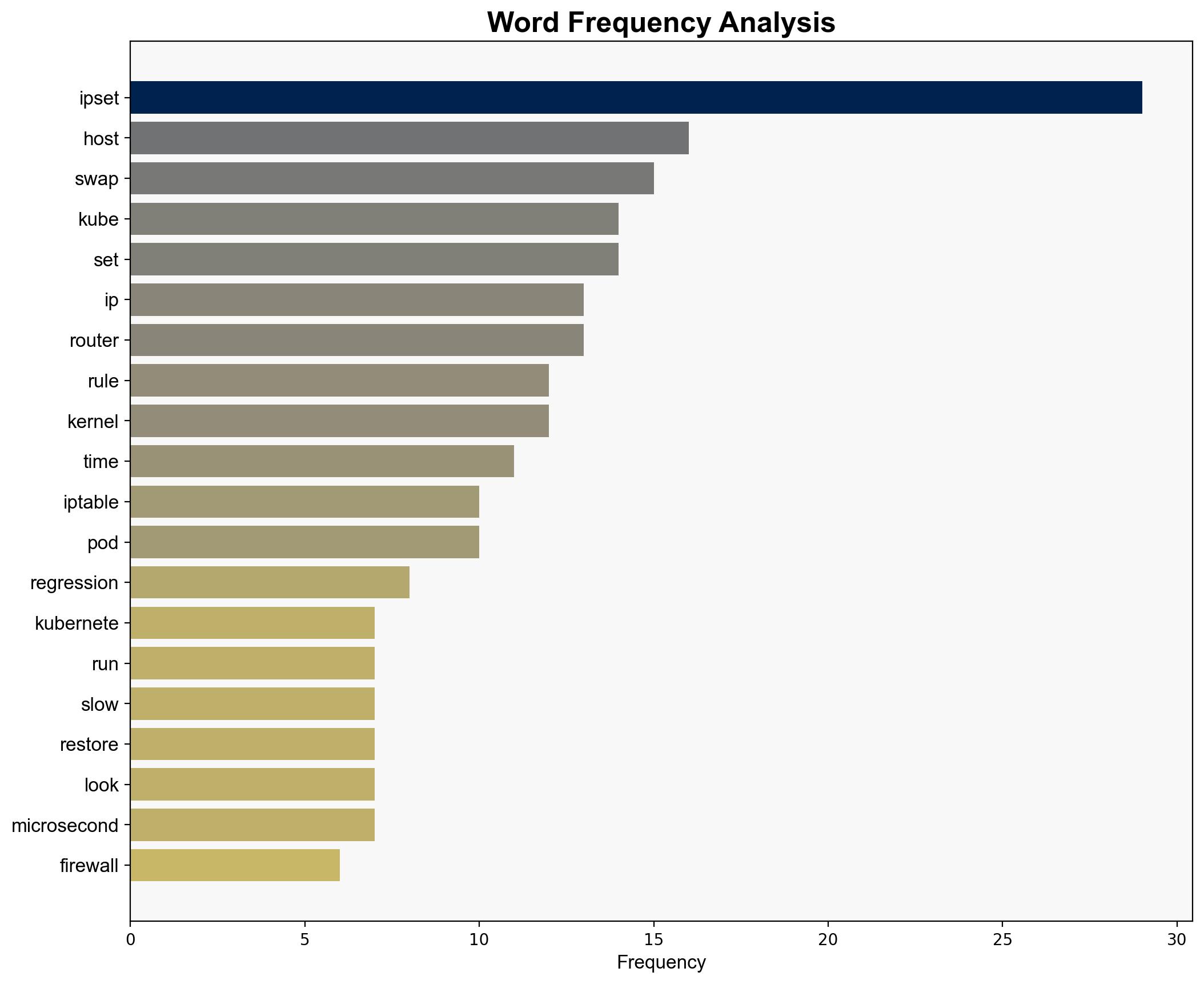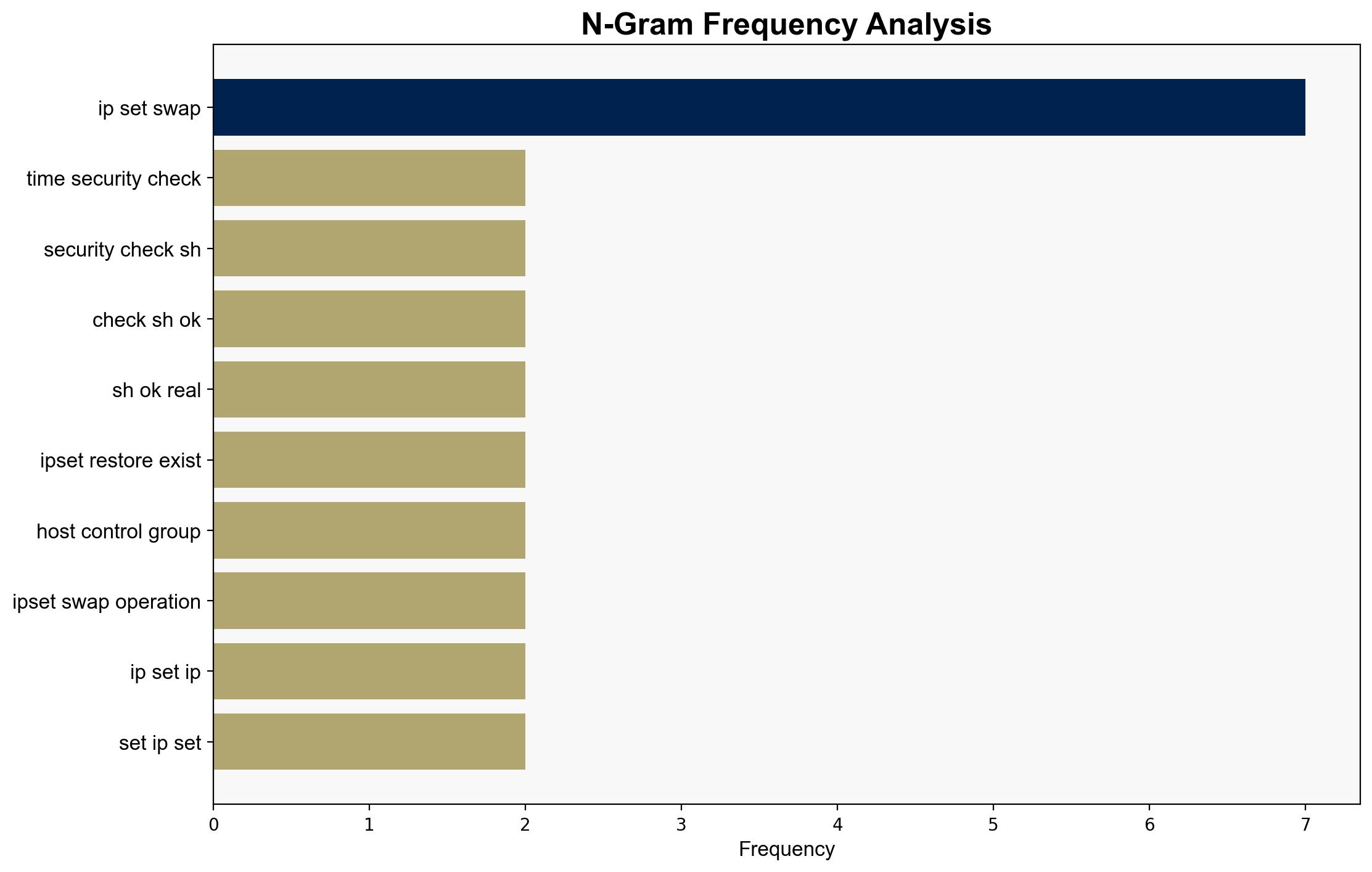Diagnosing a Linux Performance Regression – Automattic.com
Published on: 2025-09-29
Intelligence Report: Diagnosing a Linux Performance Regression – Automattic.com
1. BLUF (Bottom Line Up Front)
The most supported hypothesis is that the performance regression in the Linux kernel’s ipset module is due to inefficient handling of ipset operations by the Kubernetes network plugin, Kube-router. Confidence in this hypothesis is moderate, given the detailed technical analysis and evidence presented. It is recommended to optimize ipset handling within the Kube-router or consider alternative network plugins to mitigate the performance issue.
2. Competing Hypotheses
1. **Hypothesis A**: The performance regression is primarily caused by the Kube-router’s inefficient handling of ipset operations, leading to delays in iptable rule processing.
2. **Hypothesis B**: The regression is due to an underlying issue in the Linux kernel’s ipset module itself, independent of the Kube-router’s operations.
Using Analysis of Competing Hypotheses (ACH), Hypothesis A is better supported. The evidence shows that the slowness is linked to ipset operations managed by Kube-router, as indicated by the strace and perf data. Hypothesis B lacks direct evidence of kernel-level issues independent of Kube-router’s influence.
3. Key Assumptions and Red Flags
– **Assumptions**: It is assumed that the ipset operations are the primary bottleneck and that no other system-level changes have occurred concurrently.
– **Red Flags**: The absence of direct kernel-level diagnostics could mean overlooking potential kernel bugs. The reliance on Kube-router’s logs and performance data might introduce bias.
4. Implications and Strategic Risks
The performance regression could lead to broader operational inefficiencies, affecting service reliability and user experience on the WordPress VIP platform. If unresolved, this may escalate to increased operational costs and potential reputational damage. The issue also highlights the critical dependency on third-party plugins, which could pose security and operational risks.
5. Recommendations and Outlook
- **Immediate Action**: Conduct a comprehensive review of Kube-router’s ipset handling and consider optimizations or alternative plugins.
- **Long-term Strategy**: Develop an internal capability to monitor and diagnose kernel and network plugin interactions proactively.
- **Scenario Projections**:
– **Best Case**: Optimizations are implemented swiftly, restoring performance with minimal disruption.
– **Worst Case**: The issue persists, leading to significant downtime and loss of customer trust.
– **Most Likely**: Incremental improvements are made, with some residual performance issues remaining until a comprehensive solution is developed.
6. Key Individuals and Entities
– Ale Crismani
– Joshua Coughlan
– Automattic
– WordPress VIP
– Kube-router
7. Thematic Tags
cybersecurity, network performance, Linux kernel, Kubernetes, ipset, operational efficiency




